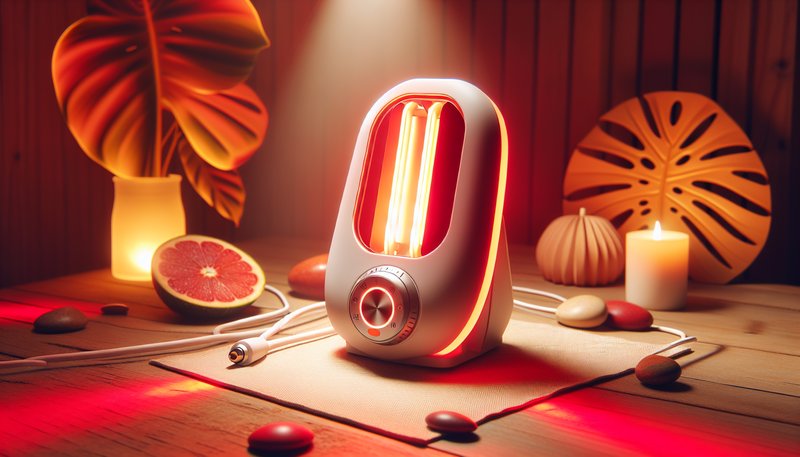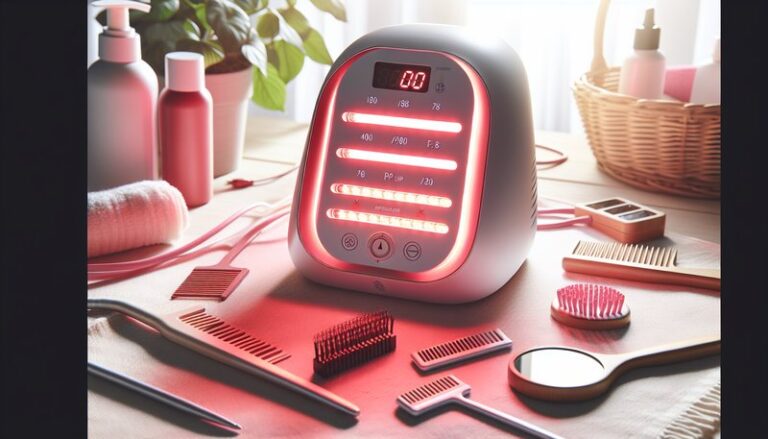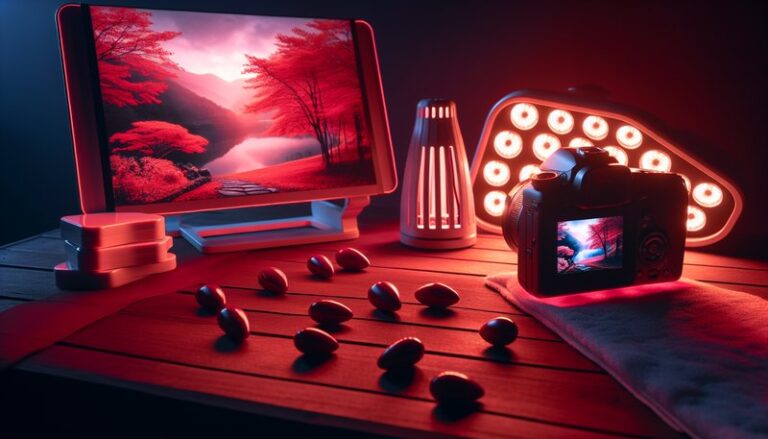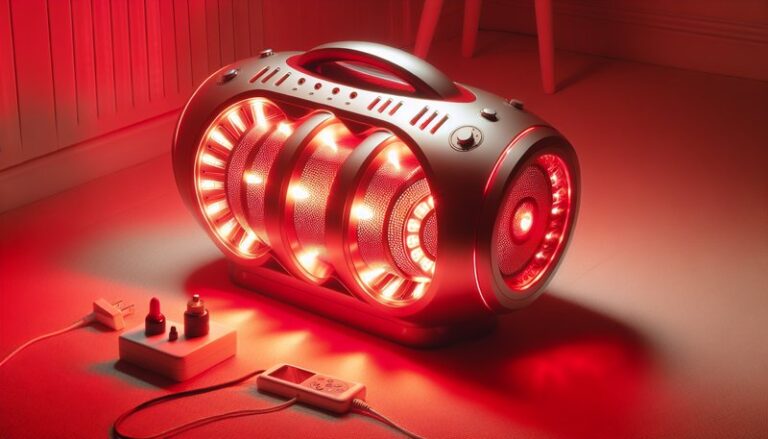Does Red Light Therapy Kill Bacteria?
Can red light therapy be an effective tool in combating bacterial infections?
This article explores the fascinating topic of red light therapy and its potential antimicrobial properties. We will discuss the science behind red light therapy, its benefits, and its effectiveness in killing bacteria. Additionally, we will evaluate considerations and alternatives to using this therapy for managing bacterial infections.
Key Takeaways
- Red light therapy has been shown to have antimicrobial effects against certain types of bacteria.
- It can promote healing and reduce inflammation, which may accelerate recovery from infections.
- While promising, red light therapy should complement traditional treatments rather than replace them.
What is Red Light Therapy?
Red light therapy (RLT) involves the use of low-level wavelengths of red light to treat various health issues. This non-invasive treatment is based on the principle that specific light wavelengths can stimulate cellular processes, promoting healing and regeneration in tissues. RLT has gained popularity for its applications in skin care, pain relief, and now, potentially, in antimicrobial treatment.
Applications of red light therapy include:
- Wound Healing: To accelerate the healing of minor cuts and abrasions.
- Pain Management: To alleviate joint and muscular pain.
- Skin Conditions: To address issues like acne and psoriasis.
What are the Benefits of Red Light Therapy?
Red light therapy offers a range of health benefits which will be outlined below:
See the full article Is Red Light Therapy Safe for Dogs?
Promotes Healing
RLT has been widely studied for its ability to enhance tissue repair. Studies have shown that the light stimulates mitochondrial activity, increasing ATP (adenosine triphosphate) production, which fuels cellular processes critical for healing.
Reduces Inflammation
By modulating inflammatory responses, RLT can help minimize swelling and pain associated with injuries and infections. This anti-inflammatory effect can lead to a quicker recovery period.
Antimicrobial Properties
Recent research suggests RLT may have the potential to kill bacteria. Certain wavelengths have been shown to penetrate biofilms and disrupt bacterial cells, leading to their destruction.
Improves Skin Health
RLT can improve overall skin health and reduce the appearance of scars, which may result from infections. Healthy skin is better equipped to prevent potential bacterial infections.
Is it Possible to Use Red Light Therapy to Kill Bacteria?
Yes, red light therapy has shown promise in its ability to kill or inhibit the growth of certain bacteria. The effectiveness depends largely on factors such as the wavelength of light, duration of exposure, and the type of bacteria involved. Research indicates that wavelengths around 660 nm (red light) can penetrate tissues enough to reach bacteria effectively.
What are the Advantages of Using Red Light Therapy?
Using RLT to combat bacterial infections offers several advantages:
For an in-depth look, see Red Light Therapy for Face
- Non-invasive Treatment: RLT is a pain-free procedure that can be done in various settings.
- Reduced Need for Antibiotics: RLT may help reduce reliance on antibiotics, thereby decreasing the likelihood of developing antibiotic resistance.
- Enhanced Skin Recovery: It promotes skin healing and can prevent infections in wounds.
What are the Disadvantages of Using Red Light Therapy?
While advantageous, there are also challenges associated with using RLT for bacterial infections:
- Limited Scope: RLT may not be effective against all types of bacteria; its efficacy is still under investigation.
- Not a Standalone Treatment: It should not replace conventional antibiotics for serious infections but rather act as a complementary therapy.
- Equipment and Access: Effective RLT requires specialized equipment, which may not be available to everyone.
What are the Things to Consider Before Using Red Light Therapy?
Before opting for red light therapy as a treatment method, consider the following:
Consultation with a Healthcare Professional
Before starting any therapy, it’s vital to consult with a qualified healthcare provider to assess if RLT is suitable for your condition.
Type of Bacteria
Understanding the specific bacteria involved is crucial, as not all bacteria respond equally to red light therapy.
Treatment Duration and Frequency
The effectiveness of RLT can depend on how long and how often treatments are administered; following expert guidelines is essential.
What are the Alternatives to Red Light Therapy?
Several alternative treatments exist alongside RLT for managing bacterial infections:
Antibiotics
Traditional antibiotics are the primary treatment for bacterial infections and can be very effective, but they come with the risk of resistance and side effects.
Topical Antiseptics
Using topical antiseptics can help prevent infections in minor wounds and can be applied easily at home.
Photodynamic Therapy
Similar to RLT but often uses different light wavelengths along with photosensitizing agents to kill bacteria; it may be effective for deeper infections.
Conclusion: Is it Recommended to Use Red Light Therapy to Kill Bacteria?
In summary, red light therapy shows promising potential as an adjunctive treatment for bacterial infections by promoting healing and possibly reducing bacterial counts. However, it should not be considered a replacement for traditional medical treatments, particularly for serious infections. Always consult with a healthcare professional to determine the best course of action for your specific needs.
Frequently Asked Questions
Does red light therapy work on all types of bacteria?
Red light therapy is more effective against some bacteria than others. Research continues to explore its full spectrum of antimicrobial efficacy.
How often can I use red light therapy for infections?
The frequency of use can vary based on the specific treatment plan recommended by a healthcare provider. Generally, sessions are typically conducted several times a week, but individual recommendations may differ.
Are there any side effects associated with red light therapy?
RLT is generally considered safe, with few reported side effects. However, it is essential to follow guidelines to avoid overheating or skin irritation.
Can red light therapy be used in conjunction with antibiotics?
Yes, red light therapy can complement antibiotic treatment, potentially enhancing recovery rates and reducing inflammation.
Is red light therapy effective for chronic skin infections?
While it shows promise, effectiveness varies by individual case and specific bacteria involved. Consulting with a dermatologist can provide tailored insights.





